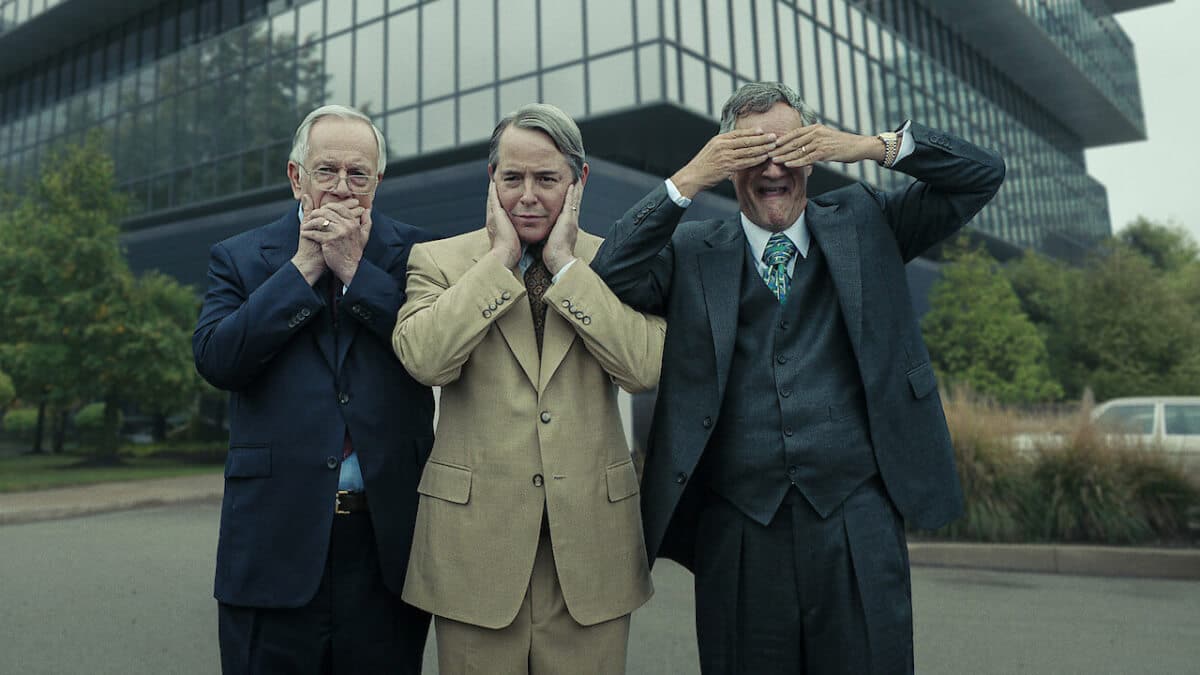
Picture: Netflix
A powerful story woven into the fabric of true life events, Painkiller has already impressed Netflix audiences worldwide but if you’re looking for some additional reading or wondering what the series got right, here’s our take.
Painkiller is the new Netflix series created by Micah Fitzerman-Blue and Noah Harpster and is based on Patrick Radden Keefe’s New Yorker article “The Family That Built an Empire of Pain” and Pain Killer: An Empire of Deceit and the Origin of America’s Opioid Epidemic by Barry Meier.
While it’s dubbed as a fictionalized telling of real events surrounding the opioid crisis in America and the birth of one of America’s most infamous opioids, OxyContin, it got a lot right about the true events that have and still are unfolding.
With the help of a retired rheumatologist and medical consultant on the opioid epidemic, Stephen G. Gelfand, MD, FACP, and plenty of digging ourselves, here’s a rundown of what the show got right about the true events.
Hundreds of Thousands Have Died as a Result of the Opioid Epidemic
It has been reported by the CDC that between 1999 and 2020 more than 932,000 people have died as a direct result of a drug overdose.
A terrifyingly large figure of 82.3% of the 932,000 deaths involved opioids, which were mainly synthetic opioids.
It is hard to find an exact number of deaths related to OxyCodone.
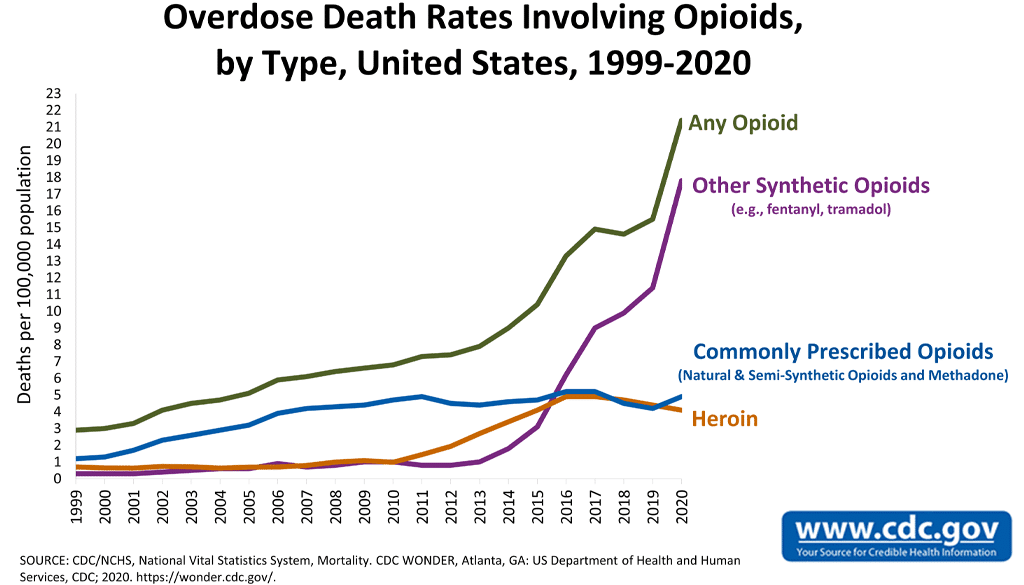
Chart from CDC: Opioid Data Analysis and Resources
However, we do know since the creation of OxyContin in 1995, it generated the Sackler Family and Purdue Pharma almost $30 billion.
How strong is OxyContin?
As depicted in Painkiller, Purdue Pharma’s patent on MS Contin was ending, and OxyContin was the Sackler family’s answer to their patent problem.
Roughly 50% stronger than morphine, OxyCodone was the key ingredient in OxyContin. The dosage sizes of OxyContin varied from 10 milligrams to 20mg, 40mg, and 80mg. For a brief period of time, 160mg tablets were also available; however, due to huge risks of abuse and overdose, the 160mg tablets were removed from the market.
OxyContin was designed to be swallowed whole, as its controlled release feature was meant to release the dose over the course of 12 hours slowly. However, a bypass was easily discovered when addicts began crushing pills, either snorting them or dissolving them into water and injecting the dose. This bypass meant addicts could get the entire effect of the dose in one instant hit rather than over the course of half a day.

Pictured: A box of 10mg OxyContin – Purdue Pharma L.P.
Glen Kryger
At the start of each episode, real families of the victims of the opioid crisis shared their heartfelt messages for their loved ones, and how OxyContin impacted their lives.
Throughout the season, Painkiller follows the journey of Glen Kryger, who went from being a hard-working blue-collar mechanic shop owner to a man crippled by his addiction to OxyContin and his eventual death from overdose. Glen’s character was fictionalized. However, there are many shocking and heartbreaking stories from the Opioid crisis that likely inspired the character.

Pictured: Taylor Kitsch as Glen Kryger (center) and Carolina Bartczak as Lily Kryger – Netflix
Taylor Kitsch, the actor portraying Glen Kryger, has been open about his own experiences with opioids. While the actor has never taken any hard drugs, he has mentioned in interviews how he “went to hell and back seventeen times” while looking after a friend who was struggling with addiction. His incredible performance as Glen was the perfect depiction of a person struggling to overcome addiction.
It only takes a quick Google search to find victims of the Opioid Epidemic; plenty have shared their stories online.

Pictured: Taylor Kitsch as Glen Kryger – Netflix
Edie Flowers
As the moral compass of the series, Edie Flowers is the driving force behind bringing the dangers of OxyContin to the attention of the U.S. Attorney’s Office. However, just like the mechanic Glen Kryger, Edie Flowers, a lawyer of the U.S. Attorney’s Office, is a fictional character.
“Whereas millions were made from Valium, billions were made from OxyContin.” – Edie Flowers
Uzo Aduba’s character of Edie Flowers is comparable to Emily Watson’s character of Ulana Khomyuk in the HBO Max limited series Chernobyl. Ulana Khomyuk was the amalgamation of dozens of different scientists that worked on the Chornobyl Nuclear Disaster. Meanwhile, Edie Flowers is most likely the amalgamation of all of the different people responsible for bringing the danger of OxyContin to the U.S. Attorney’s Office and the 2006 trial.
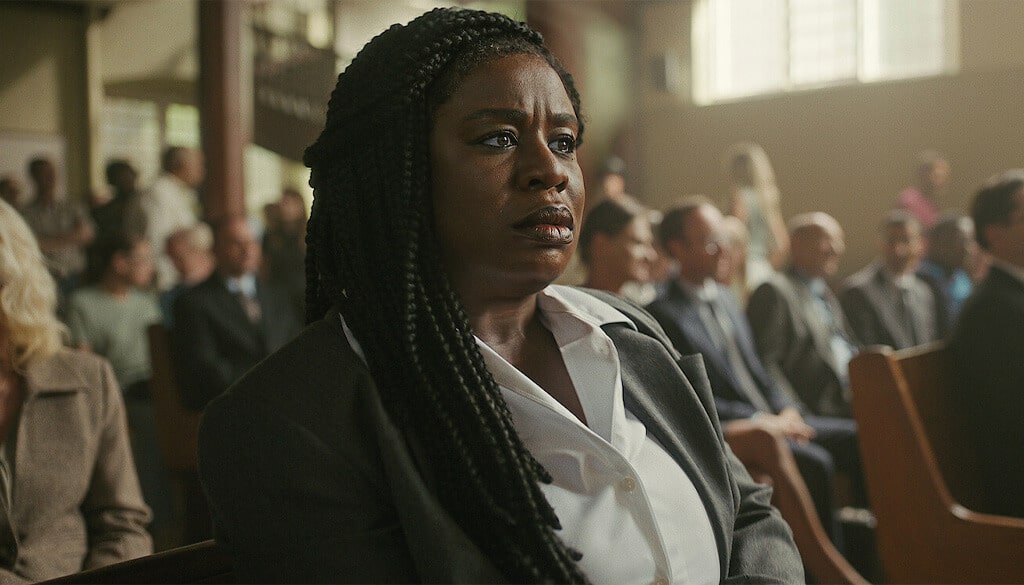
Pictured: Uzo Aduba as Edie Flowers – Netflix
Shannon and Britt
Purdue Pharma sales reps Shannon Schaeffer (West Duchovny) and Britt (Dina Shihabi) were also fictional. However, they definitely represented what would have been an accurate depiction of the army of sales reps that Richard Sackler had unleashed on the doctors of America, aka legalized drug dealers ready to sling “heroin in a pill” in exchange for a life of luxury.

Pictured: West Duchovny as Shannon Schaeffer – Netflix
Richard Sackler
American billionaire businessman and physician Richard Sackler was one of the few non-fictional characters of Painkiller. As the former chairperson and president of Purdue Pharma, he oversaw the research and development, marketing, and distribution of OxyContin.
Despite being a trained physician that was exposed to the 1970s opioid epidemic in New York City, Sackler had grossly misjudged and overestimated the benefits of OxyContin while completely underestimating the risks associated with opioids. In fact, during his time at medical school and residency in New York City, Sackler had not clinically evaluated or treated patients with painful disorders.
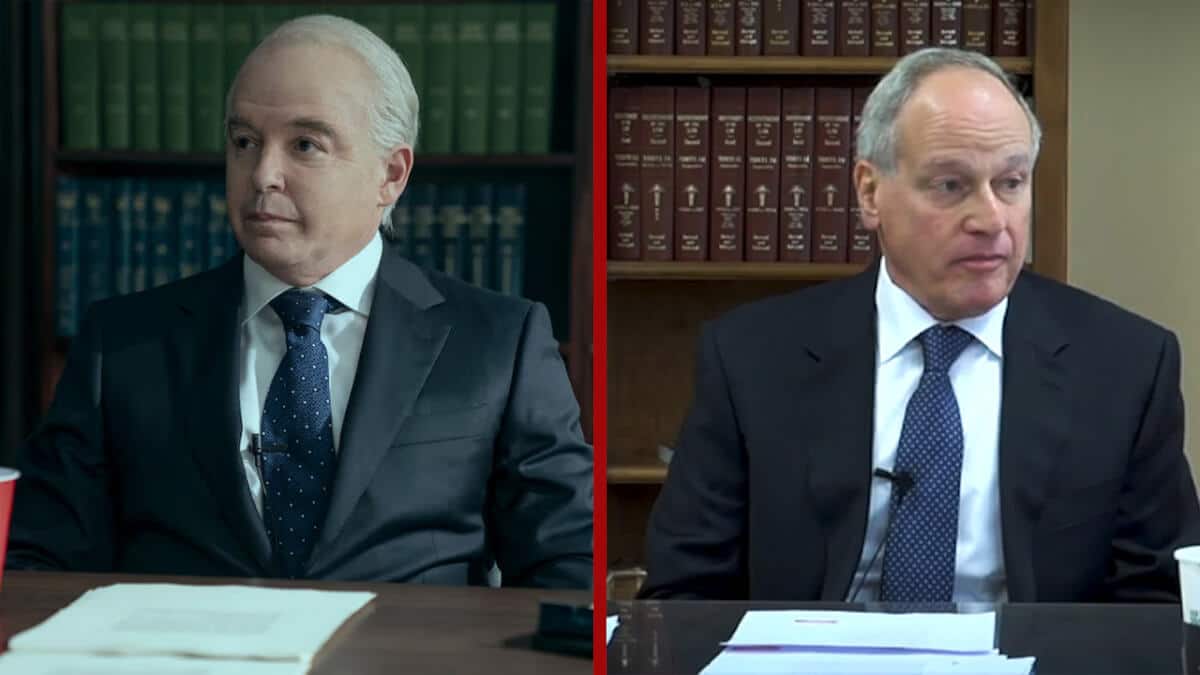
Pictured: Matthew Broderick as Richard Sackler (left) and the real-life Richard Sackler (right)
As shown in the series, Richard would use the same tactics for selling OxyContin as his uncle Arthur Sackler had done to sell valium to the people of America. Broadening the market to include patients with pain unrelated to terminal illnesses would ultimately lead to many Americans becoming highly dependent on OxyContin. Thanks to this level of dependency on the product, Sackler and Purdue Pharma could push for even higher doses of Oxycontin and make billions of dollars in the process.
“Matthew Broderick accurately portrays the character,” Gelfand tells us, and went on to say some of the sales pitches resemble what he’s seen in practice too, saying, “Some of the OxyContin sales pitches used in the series were right out of Arthur’s playbook (who marketed Valium for everyday tension, stress and anxiety).”
Gelfand picks out this memorable quote from the series specifically:
“If we become gatekeepers for everyone who wants to get away from pain, we have changed the world and never have to worry about money again. I would like to make a painkiller associated with well-being, with life. Let’s make something new. We’re going to give a lot of people their lives back, we’re going to take away a lot of pain with OxyContin, the drug you never knew you needed.” – Richard Sackler as portrayed by Matthew Broderick in Painkiller
Gelfand also gives us important additional insight into Broderick’s character that wasn’t necessarily represented in the series:
“It is important to understand that Richard Sackler was trained as a physician who over-simplified and distorted the universal symptom of pain while markedly over-estimating the benefits and under-estimating the risks of OxyContin and opioids in general. He did not clinically evaluate and treat patients with painful disorders beyond his medical school and residency training in NYC and Connecticut in the early 1970’s, during a previous heroin epidemic in NYC.”
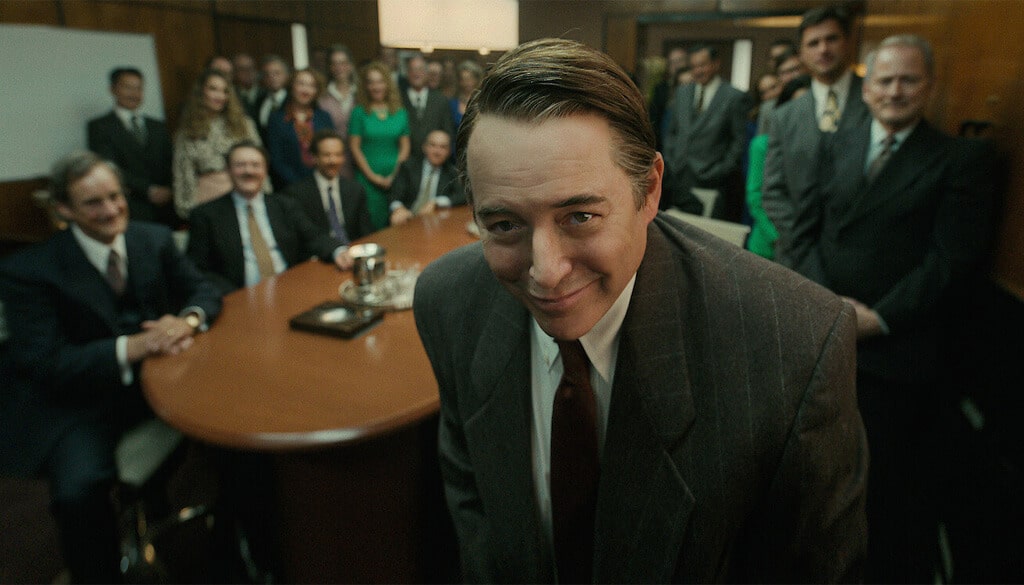
Picture: Netflix
Combining greed and opium led to the loss of lives of many American citizens, destroying families and communities in the process.
Eventually, as the lawsuits against Purdue Pharma piled up, the company had to file for bankruptcy and the Sackler family had to pay out a $6 billion settlement.
On top of the $6 billion payment, over the years, and thanks to the part his family played in the opioid crisis, numerous charities, foundations, universities, and more have cut ties with the Sackler family.
Gelfand concluded his commentary to us on the series by saying:
“It is sad to think how many lives could have been saved if more doctors and the medical system in general had recognized much earlier that they had been duped by a marketing campaign which had close similarities to that of the snakeoil providers of the past, as clearly portrayed in this first episode of “Painkiller.””
What are your thoughts on Painkiller? Let us know in the comments below!


 Rating: TV-MA
Rating: TV-MA


